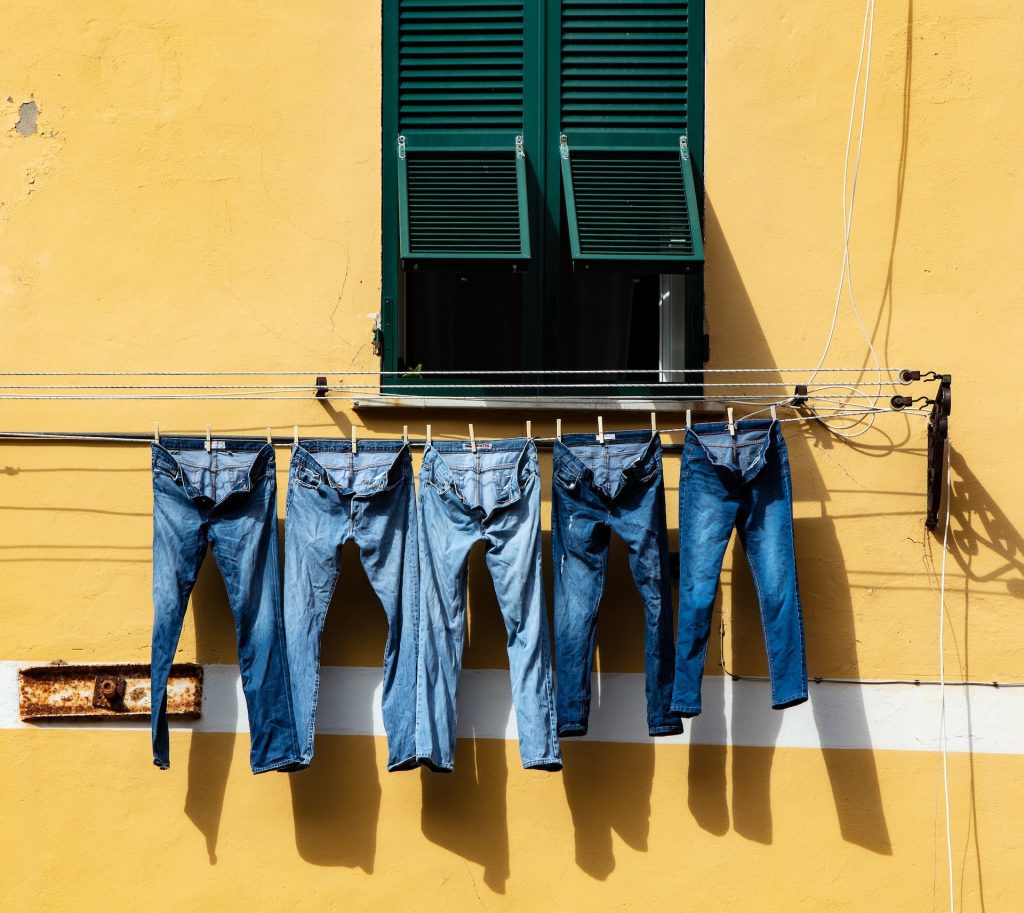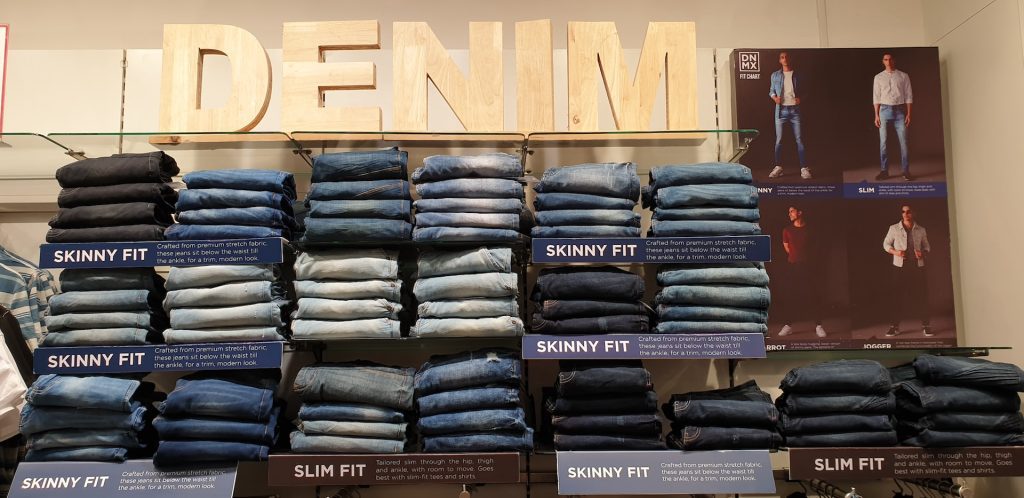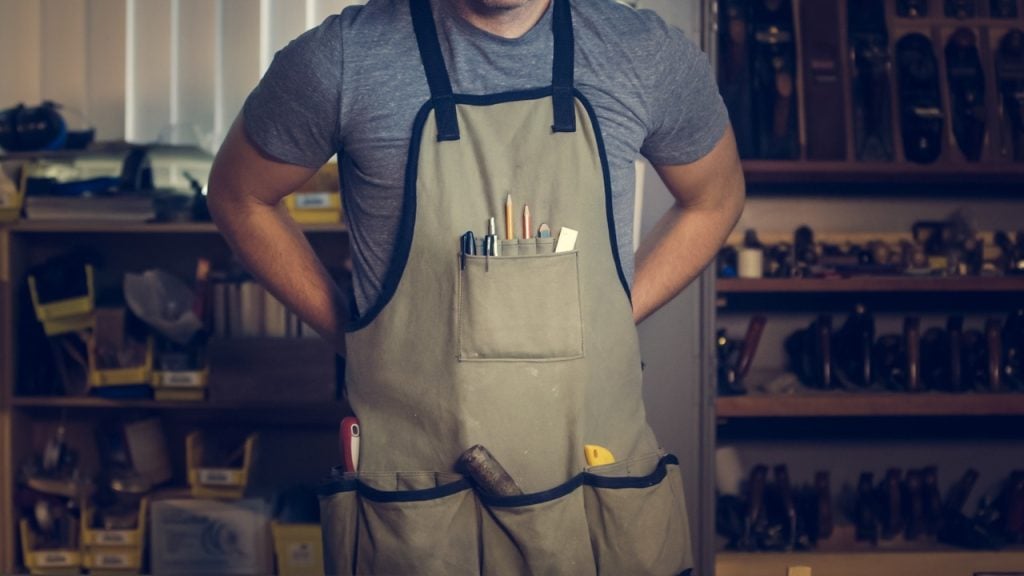Denim is not just a piece of clothing but a cultural icon. In this bustling industry, denim stands out for its durability, style, and timeless appeal. However, as denim has grown in popularity, so has the market been flooded with a myriad of varieties, some authentic, others not so much. This raises a crucial question: how do you differentiate the real deal from the imitators?
The importance of authenticity in denim cannot be overstated. Authentic denim offers not only superior quality and longevity but also a connection to the rich history and artistry of denim-making. It's about experiencing the fabric in its purest and most honest form. In a world where fast fashion often overshadows quality, choosing authentic denim is a statement of appreciation for craftsmanship and sustainability.
This guide is crafted for lovers of clothing and jeans made for denim – whether you're a seasoned collector or a curious newcomer. It's for those who cherish the feel of genuine denim and for anyone who wants to make informed decisions when adding to their denim collection. Our journey will take us through the intricacies of denim, from its historical roots to identifying the hallmarks of quality and authenticity.
So, grab your favorite denim piece, and let's embark on this journey of discovery together. Welcome to “Denim Detectives: A Step-by-Step Guide to Identifying Authentic Denim.”
How to Examine the Weight and Feel of the Denim

Understanding the weight and feel of denim is crucial in distinguishing its quality and authenticity. The weight of denim, typically measured in ounces per square yard, is a telling sign of its durability and intended use. Lightweight denim, usually under 12 ounces, is soft and flexible, ideal for everyday casual wear. In contrast, heavyweight denim, often above 14 ounces, is sturdier and more resilient, perfect for those who seek longevity and a rugged look.
To assess the weight, simply hold the denim in your hands. Does it feel substantial and robust, or light and breezy? Authentic quality denim often has a noticeable heft to it, indicating a tighter weave and better yarn quality.
Equally important is the feel of the denim. Run your fingers across the fabric. Authentic denim should feel textured and slightly rigid, especially if it's raw or selvedge denim. This initial stiffness is a hallmark of quality, as it will gradually soften and mold to your body over time, creating a unique fit and fade.
Beware of denim that feels overly soft or excessively treated; these are often signs of over-processing, which can compromise the fabric's integrity and longevity.
Understanding Weave Patterns and Thread Quality
The weave pattern and thread quality are integral to the identity and durability of authentic denim. Understanding these elements can greatly enhance your ability to discern true quality denim.
Denim is primarily woven using a twill weave pattern, characterized by diagonal ribbing. This pattern is not just for aesthetics; it contributes significantly to the fabric's durability and drape. Authentic denim typically features a right-hand twill, where the diagonal lines run from the bottom left to the top right. Some premium denims, however, may use a left-hand twill or even a more intricate herringbone pattern. The direction and type of twill affect the feel and wear pattern of the denim over time.
Thread quality is equally telling. High-quality denim uses strong, tightly spun cotton threads. These threads should have a slight unevenness, characteristic of higher-grade cotton and indicative of a more natural, less processed material. The color of the thread also matters. In authentic denim, indigo dye is often used, which fades uniquely over time, adding character to the denim.
By paying close attention to the weave pattern and the quality of the threads, you can gain insights into the fabric's strength, comfort, and how it will age over time. Superior weave patterns and thread quality are unmistakable markers of authentic, enduring denim.
The Telltale Signs of Genuine Denim

When it comes to identifying authentic denim, the devil is truly in the details. Two critical aspects to scrutinize are the hardware and the stitching, both of which can offer revealing clues about the denim's authenticity.
Hardware: Buttons, Rivets, Zippers
Authentic denim is often distinguished by its high-quality hardware. Start by examining the buttons and rivets. They should feel solid and heavy, a sign of metal construction, as opposed to lighter, cheaper materials.
Many premium denim brands emboss their logos onto the buttons and rivets, a detail that counterfeiters often overlook or replicate poorly. Pay attention to the placement and finishing of these elements; they should be secure and evenly attached, with no signs of hasty or careless workmanship.
Zippers are another telltale sign. Premium denim brands typically use zippers from renowned manufacturers like YKK or RiRi. These zippers are known for their smooth operation and durability. A quick glance at the zipper pull should reveal the manufacturer's mark. If the zipper feels flimsy or jams easily, it's likely a sign of inferior quality.
Stitching: Selvedge Seams, Double Stitching
Stitching is where authentic denim really stands out. Look for selvedge seams, especially on the inside of the outseam. Selvedge denim, woven on old-style shuttle looms, features a clean, finished edge that prevents fraying, a hallmark of quality and durability. This edge is often visible when the cuffs are rolled up, displaying the characteristic colored thread, usually red or white.
Additionally, the stitching throughout the garment should be even and precise, with no loose threads. Double stitching, a common feature in authentic denim, adds to the garment's strength. The color of the stitching thread can also be a clue; it should complement the denim and age well with it. In high-quality denim, the stitching is not just functional but also an element of the design, contributing to the overall aesthetics of the garment.
By paying close attention to the hardware and stitching, you can uncover the subtle yet significant signs that distinguish genuine, high-quality denim from its inferior counterparts.
Brand Marks and Labels

Brand tags and labels on denim are not just branding elements but also repositories of vital information. Authentic denim often features labels made from high-quality materials, such as leather or sturdy cloth, with clear, well-defined printing. These labels typically include the brand name, size, fabric composition, and care instructions. Pay close attention to the clarity and precision of the text and logos; blurred or poorly printed labels are often red flags.
The place of manufacture also holds significance. Denim produced in regions known for their textile expertise, like the USA, Italy, and Japan, often suggests superior craftsmanship and adherence to traditional denim-making techniques. This information, usually found on the label, can be a strong indicator of the denim's authenticity and quality.
The Color and Wash: A Closer Look
The color and wash of denim play a significant role in its authenticity and appeal. Authentic denim often uses high-quality indigo dyes that offer depth and richness in color. One key aspect to assess is color fastness. High-quality denim should have a stable dye that doesn't bleed excessively. While some fading over time is natural and desirable for character, the initial color should not wash out easily.
Different washes and treatments add to the denim's character and feel. Raw or dry denim, for example, is unwashed after dyeing, allowing it to naturally fade and conform to the wearer's body over time. Washed denim, on the other hand, goes through various treatments to achieve a softer texture and a worn-in look from the start.
Each wash and treatment method, such as stone washing or acid washing, creates unique textures and patterns, making each piece distinct. Recognizing these different treatments helps in appreciating the craftsmanship behind authentic denim.
Avoiding Fakes: Red Flags in Denim Purchases

Navigating the denim market can be tricky, especially with the prevalence of counterfeit products. Being aware of common red flags can help you steer clear of fakes and invest in genuine denim.
Counterfeit denim often betrays itself through poor craftsmanship. Look out for uneven stitching, low-quality fabric, and incorrect brand logos or misspelled brand names on the labels. The hardware, like buttons and zippers, may feel cheap and flimsy, and the overall fit and finish of the garment might lack the precision found in authentic denim.
Another red flag is the pricing and the place of purchase. If the price seems too good to be true, it probably is. Authentic, high-quality denim typically commands a higher price due to the craftsmanship and materials involved. Be cautious of unverified online marketplaces or street vendors selling branded denim at heavily discounted prices.
To ensure authenticity, purchase denim from reputable sources. This includes official brand stores, authorized retailers, and well-known department stores. Many brands also sell directly through their websites, which guarantees the authenticity of the product.
Additionally, familiarize yourself with the specific brand's labeling and product details. Many brands provide information on their websites about how to spot fakes of their products, which can be an invaluable resource for any savvy denim shopper.
Wrapping Up
Embarking on your denim journey with these insights in hand, you're now equipped to make informed and discerning choices. Remember, authentic denim is not just a purchase, it's an investment in quality, craftsmanship, and style. Use these tips to uncover denim treasures that resonate with your personal aesthetic and values.




